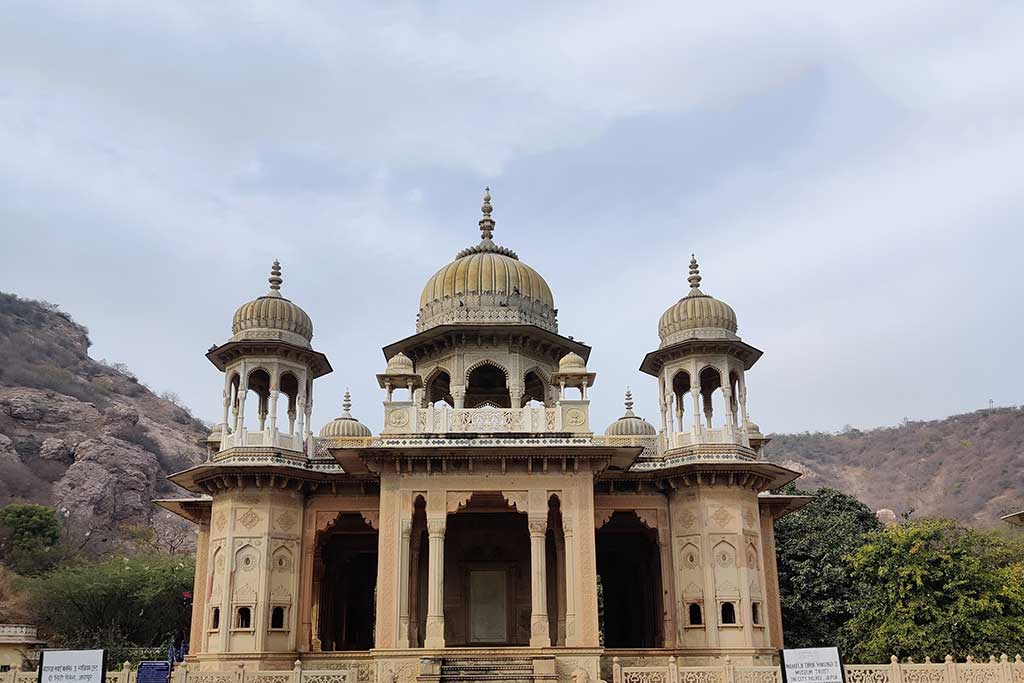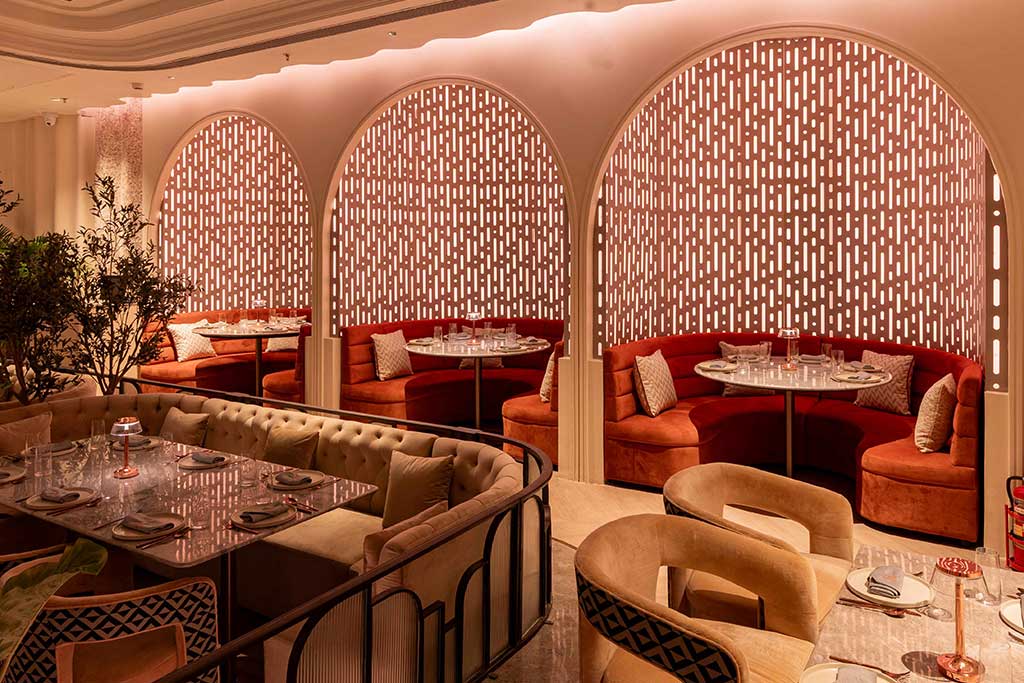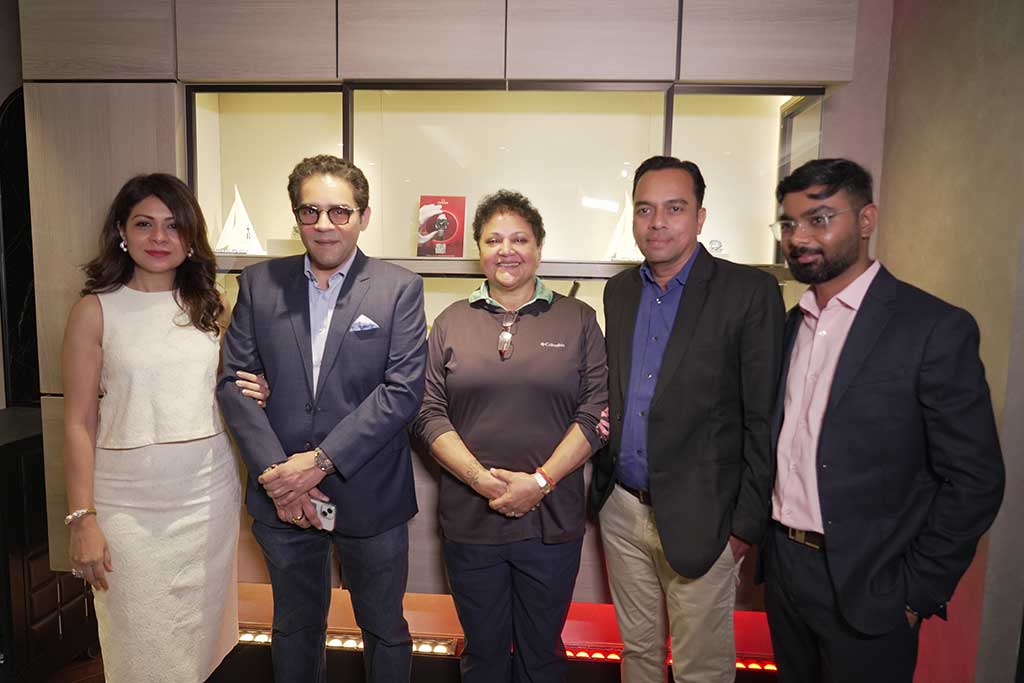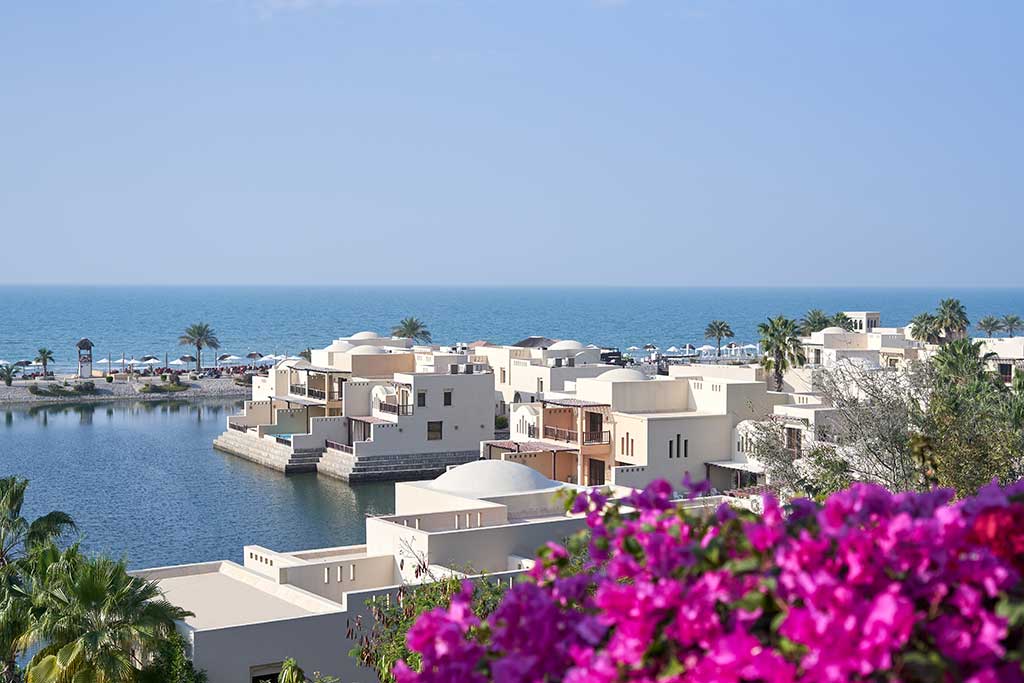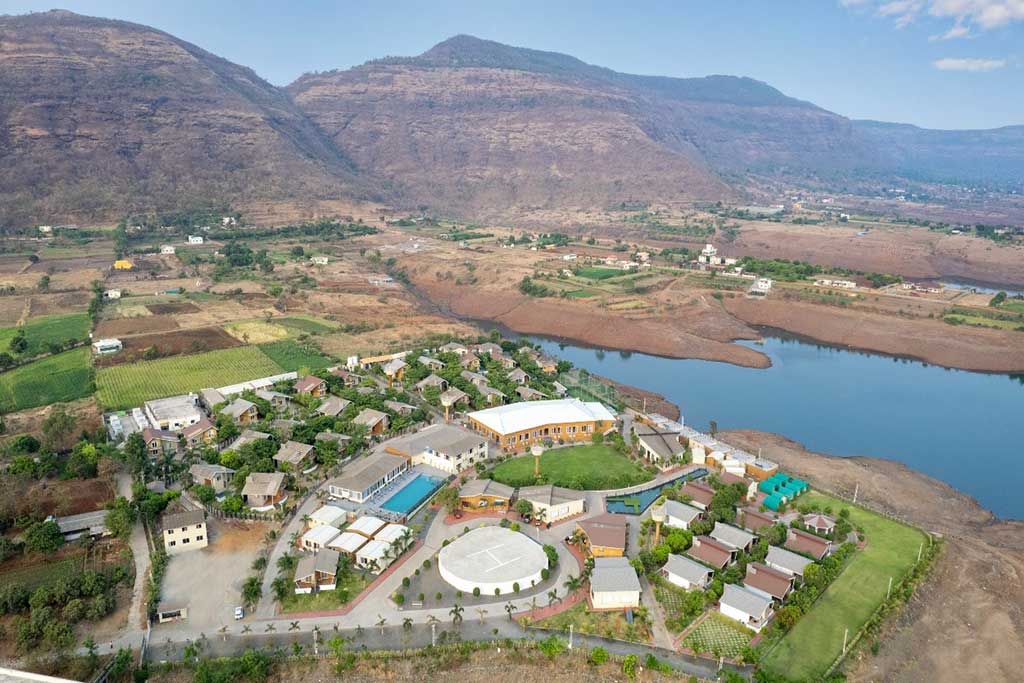Gatore Ki Chhatriyaan—the ornate, domeshaped cenotaphs in Jaipur-never stop fascinating the discerning traveller.
It isn't uncommon to find chhatriyan—loosely understood as cenotaphs, in Rajasthan. There’s Bada Bagh ki Chhatriyan in Jaisalmer, Devkund ki Chhatriyan in Bikaner, Kesar Bagh in Bundi and several others to be found particularly in Shekhawati and western Rajasthan.
But Gatore ki Chhatriyan in Jaipur right under the Nahargarh Fort is unlike others and, most importantly, hardly features on any must-do, must-visit tourist list, making it even more of a rewarding find-and-spo
Royal crematorium
The complex is an open-air cluster of crematoriums where the Rajput royalty of Rajasthan, including the founder of Jaipur, Maharaja Jai Singh II rests. Though there isn’t a guide available, the guard issuing tickets informs us that since 1733, every king of the Kachhwaha dynasty has been cremated here. Each of the crematoriums is marked by a cenotaph or chhatri thus giving the site its name. Pigeons sit atop these chhatris and a hard clap sends them flying away in droves only to re-perch at exactly the same spot, within a minute or two
The courtyard has three portions, the oldest being the farthest from the entrance and the grandest, most intricate chhatri being that of Sawai Madho Singh with stone lions guarding the entrance.
Besides its obvious historical significance, what is more stunning is the sheer architectural marvel as well as the quiet, almost contemplative air that resides within the complex. Tourists are far and few between but there is bountiful, lush fuchsia bougainvillea that canopies the pristine white marble structures in brilliant contrast.
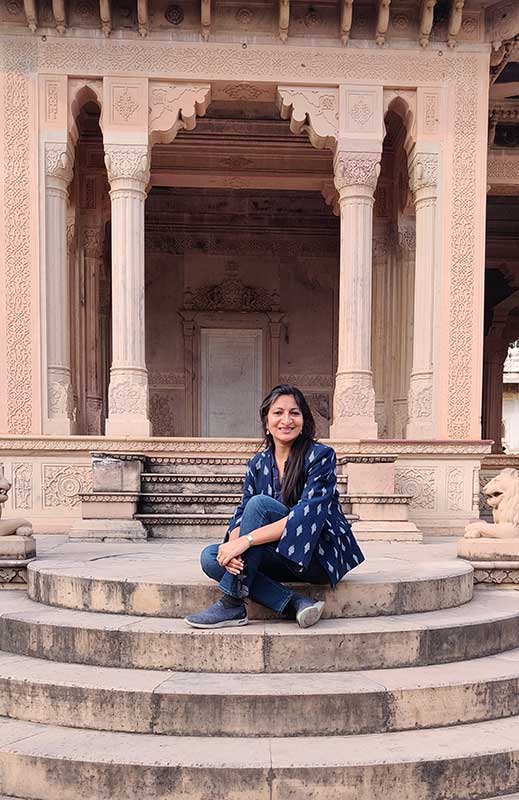
An umbrellashaped dome or chhatri tops each of the crematoriums and intricately carved pillars—depicting artists and musicians—support the domes. The marble used is none other than the famed Makrana. The jali work as well as the stone inlay is typical of the architectural idiom of Rajasthan bearing Mughal influences.
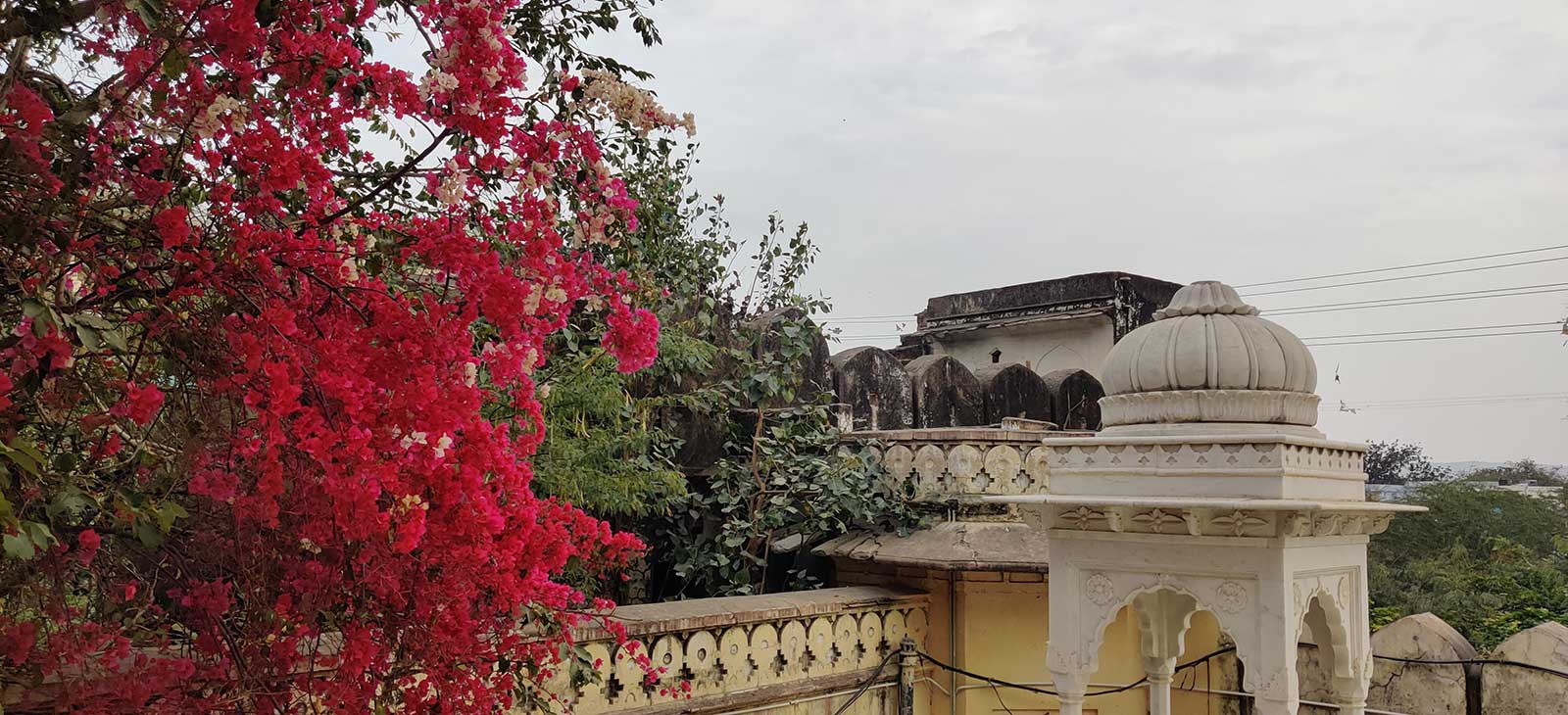
An architectural gem
The boundary wall of the Nahargarh Fort is clearly visible from one end of Gatore and by the number of colourful kites stuck at various points; one can safely conclude that kite flying is very much a pastime still in vogue in these precincts.
Though a good 15 km from the Jaipur airport, Gatore ki Chhatriyan is an absolute gem that hides in plain sight and tells the story and glory of Jaipur, evocatively and quietly. Tickets are only R30, and the environs as well as the monuments are fairly clean and well maintained. This landmark is open to all visitors till 5.00 pm everyday other than public holidays.
Given its architectural beauty, it is also a gorgeous spot for photographs as one can go right up to the pillars and walk around freely all over the complex. I, who have had Gatore ki Chhatriyan as my contact display picture since the time I visited this place in the beginning of this year, can easily vouch for this.
Recent Posts
Discover Your Perfect Honeymoon in the Maldives
For Indian couples embarking on their journey of togetherness, the Maldives has long held an almost mythical allure - a tapestry of turquoise
Jewels Fit For Generations : The Nemichand Bamalwa Story
Since 1987, Nemichand Bamalwa Jewellers has been more than just a name; it is a legacy of trust, craftsmanship, and innovation.
Welcome to "What's Your Plan?"
This vibrant social hub by DJRS Hospitality blends chic vibes with gourmet bites,
Rajasthan’s Crafty Fashion Takeover
Rajasthan, India’s desert jewel, is a repository of exquisite and time-honoured crafts.
‘Mercii’ Beaucoup, Mumbai!
Stepping into Mercii at 81 Crest, Khar, feels like entering a world where gratitude is plated with every exquisite bite.
Game. Set. Watch: Omega Celebrates Smriti Mehra
Luxury Watch Boutique Time Avenue, Mumbai, in collaboration with Omega, hosted a special event to honour none other than Smriti “Simi” Mehra,
Sand, Sea & Sky - High Thrills
Whether you’re soaking in serene natural beauty or diving into extravagant fun, the UAE offers the perfect setting for an unforgettable family getaway.
Dr. Anuja Luniya Shows You How to Stress Less, Live More
Meet Dr. Anuja Luniya, physiotherapist by degree, stress strategist by passion, and your go-to guru for turning everyday chaos into calm.
Breitling's 140th-Anniversary Vintage Watch Exhibition: An Unmissable Showcase
The Breitling Heritage Exhibition, a remarkable showcase of the brand’s most iconic timepieces from its 140-year history, has been on an extensive global tour with 55 stops across four continents.
Dawn to Dusk with Sidhart Pansari: Steering Primarc's Legacy into the Future
We follow the dynamic director of the fastascendant Primarc Group
4 Perfect Getaway Resorts Near Mumbai
For those looking to break away from the urban bustle, India's hidden nature
48 Hours In Canberra
Canberra is a vibrant city with a rich culture, awe-inspiring natural landscapes, adventure-filed activities, and hospitable locals.
Understated Power
In the charming town of Shillong, Meghalaya, golf is more than just a game—it's a family affair for Gaurav and Lakshya Bajaj.
Understated Power
The Lexus LX500d is a rare sight on the roads, and this exclusivity is where its distinctive charms resides.
The Money Manager
Engaging young, ambitious, tech-savvy successors to manage family wealth is a rising global need among the super-rich.

